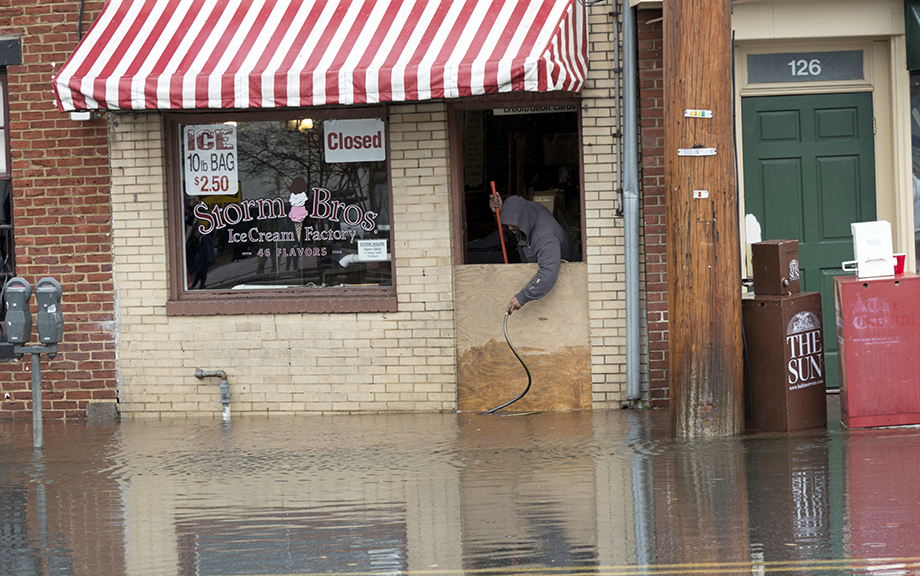How Do Natural Disasters Affect U.S. Small Business Owners?

Recent research has linked climate change and socioeconomic inequality (see here, here, and here). But what are the effects of climate change on small businesses, particularly those owned by people of color, which tend to be more resource-constrained and less resilient? In a series of two posts, we use the Federal Reserve’s Small Business Credit Survey (SBCS) to document small businesses’ experiences with natural disasters and how these experiences differ based on the race and ethnicity of business owners. This first post shows that small firms owned by people of color sustain losses from natural disasters at a disproportionately higher rate than other small businesses, and that these losses make up a larger portion of their total revenues. In the second post, we explore the ability of small firms to reopen and to obtain disaster relief funding in the aftermath of climate events.
The Effect of Superstorm Sandy on the Macroeconomy
The Bureau of Economic Analysis (BEA) of the U.S. Department of Commerce has reported that real Gross Domestic Product (GDP) increased at a very sluggish 0.4 percent annual rate in the final quarter of 2012.
How Will We Pay For Superstorm Sandy?
While the full extent of the harm caused by superstorm Sandy is still unknown, it’s clear that the region sustained significant damage and disruption, particularly along the coastal areas of New York, New Jersey, and Connecticut.
Just Released: Press Briefing on Housing Conditions and the Economic Impact of Superstorm Sandy on the Region
At today’s regional economic press briefing, we provided an update on housing conditions as well as an initial assessment of superstorm Sandy’s economic impact on the region.
Just Released: New York’s Latest Beige Book Report Points to Weakening in the Aftermath of Superstorm Sandy
Jaison R. Abel and Jason Bram The regional economy experienced a weakening in the aftermath of superstorm Sandy, according to the New York Fed’s latest Beige Book report. Eight times a year, each of the nation’s twelve Federal Reserve Banks produces a report on current economic conditions in its District, based on largely anecdotal information […]










 RSS Feed
RSS Feed Follow Liberty Street Economics
Follow Liberty Street Economics